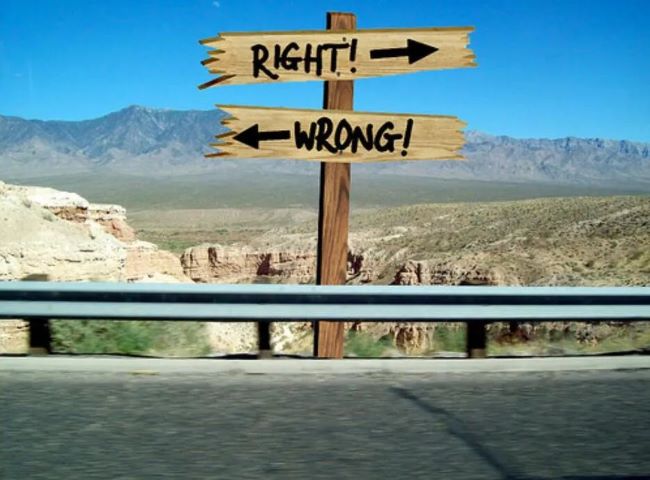
Strategy….The Good, the Ugly and the really Bad
Senior managers gather in a ballroom for a presentation on the Vision of the Future. Lights are dimmed and music is cued for the dramatic announcement of the corporate vision …. “To be the most respected and successful company in their industry”. The PowerPoint fades to a slick video emphasizing the strategic goals of ‘Market leadership’ and ‘High shareholder return’ to an undercurrent of powerful music. As the video ends the CEO emerges ‘rockstar’ like from the wings parroting the video message, immediately followed by execs breaking into small groups to produce words like ‘commitment’, ‘passion’ ‘respect’ …all scribbled on flip charts that are later shared with the team. Cue the pounding music as hundreds of balloons are released in an impressive finale. Exciting… Motivating… and missing only one ingredient….the strategy.
Events as described above, sadly masquerade as a “strategy” vainly trying to paper over the hard work of developing a “real strategy”. While a mediocre strategy might be a misaligned strategy or even the absence of a strategy, a “Bad strategy” is not a miscalculation. A Bad strategy is the conscious avoidance of the hard work of creating a real strategy. A Bad strategy attempts to dupe the audience into believing it’s a real strategy while purposely avoiding the challenges at hand. It gets even worse; a Bad strategy fails to make tough resource allocation choices and instead it caves to conflicting demands in a vain attempt to appease everyone and in so doing, sets the organization up for failure. Sadly, a Bad strategy does the organization actual harm. What are some of the hallmarks of a “Bad” strategy and what are things you can do to correct course?
Here's what to watch for. A bad strategy:
1. Does not allocate scarce resources: A real strategy allocates scare resources objectively, and transparently. Any strategy that doesn’t allocate scarce resources is at best a report.
2. Has objectives that don’t meet the SMART test: SMART objectives are Specific, Measurable, Actionable, Realistic and Timely. Fluffy objectives like “best in class” “globally recognized leader” don’t pass the SMART test.
3. Fails to address key challenges: A real strategy lights a path through a key challenge. Failing to address key challenges leaves no way to improve, and no direction to follow.
4. Fails to leverage a competitive advantage: Competitive advantage is an efficiency or skill that competitors don’t share allowing you to win in areas where others may struggle. Leveraging a competitive advantage and applying it to an attractive market is key to a good strategy.
5. Substitutes goals for strategy: Bad strategies are often long on goals and short on “how”. When the stated strategy is to “delight our customers” or “be the supplier of choice” etc. they’re missing the “how”. Strategy is the “how”.
6. Presents a budget as a strategy: Budgets don’t achieve strategic objectives – they finance the ongoing business…a budget is not a strategy.
A well-constructed strategy is a well-researched, cohesive response to an important challenge facing the firm. A strategy provides insight into a critical tipping point where the enterprise’s resources can be magnified and in doing so galvanizes the teams’ energy in a shared direction. Be on the lookout for the hallmarks of a Bad strategy. Don’t let your organization fall into that trap!

 沪公网安备 31011502013770号
沪公网安备 31011502013770号